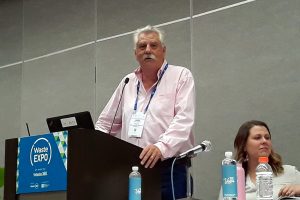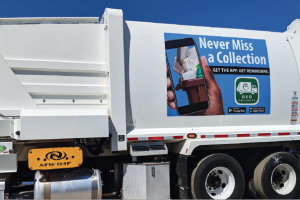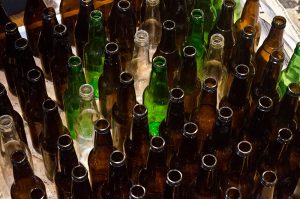 Pacific Northwest recycling stakeholders met up last week to talk recycling markets, policy developments, outreach strategies and more.
Pacific Northwest recycling stakeholders met up last week to talk recycling markets, policy developments, outreach strategies and more.

 Pacific Northwest recycling stakeholders met up last week to talk recycling markets, policy developments, outreach strategies and more.
Pacific Northwest recycling stakeholders met up last week to talk recycling markets, policy developments, outreach strategies and more.
 Experts say a deposit system for non-alcoholic beverage containers would complement a Canadian province’s curbside recycling system, by cutting costs and increasing the volume of material recycled each year.
Experts say a deposit system for non-alcoholic beverage containers would complement a Canadian province’s curbside recycling system, by cutting costs and increasing the volume of material recycled each year.

A division of Republic Services recently brought legal action against a public authority, claiming it is handling loads far dirtier than what the two sides agreed to in a contract.

Cincinnati, Ohio
Cincinnati will serve as the next site of the U.S. Chamber of Commerce Foundation’s project to help boost recycling rates.
 Many recycling programs have been struggling to find economic stability, and in some cases, they’ve slimmed down to survive. Here are recent examples of adjustments in three communities of varying size.
Many recycling programs have been struggling to find economic stability, and in some cases, they’ve slimmed down to survive. Here are recent examples of adjustments in three communities of varying size.

Louie Pellegrini
Programs on opposite coasts enjoyed bale quality benefits after switching from single- to dual-stream collection, two experts noted. But an industry group leader suggested education may have been a key driver.
 Bucking the usual trend of recycling programs evolving from dual- to single-stream service over the years, the city of Greensboro, N.C. has run a cart-based single-stream program since day one, all the way back in 1992.
Bucking the usual trend of recycling programs evolving from dual- to single-stream service over the years, the city of Greensboro, N.C. has run a cart-based single-stream program since day one, all the way back in 1992.

After a three-year gap, curbside acceptance of glass has resumed in America’s fourth-largest city.
